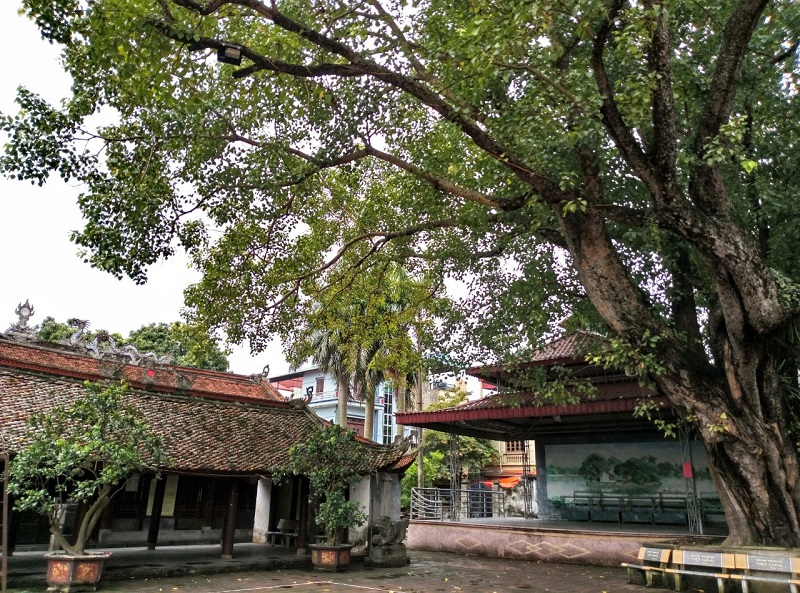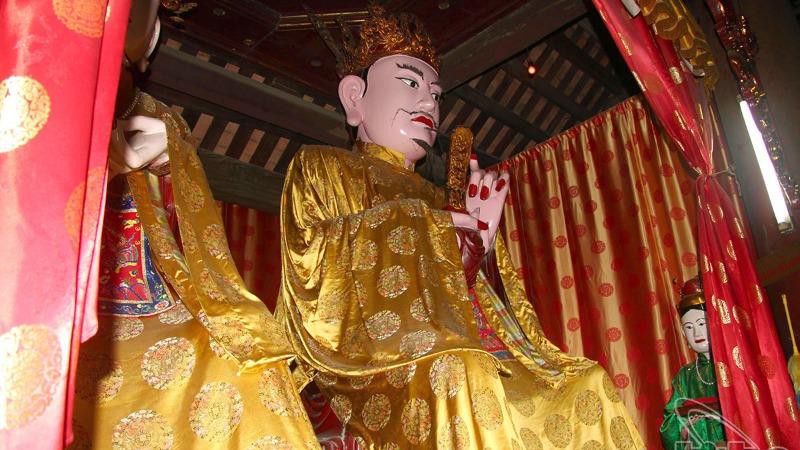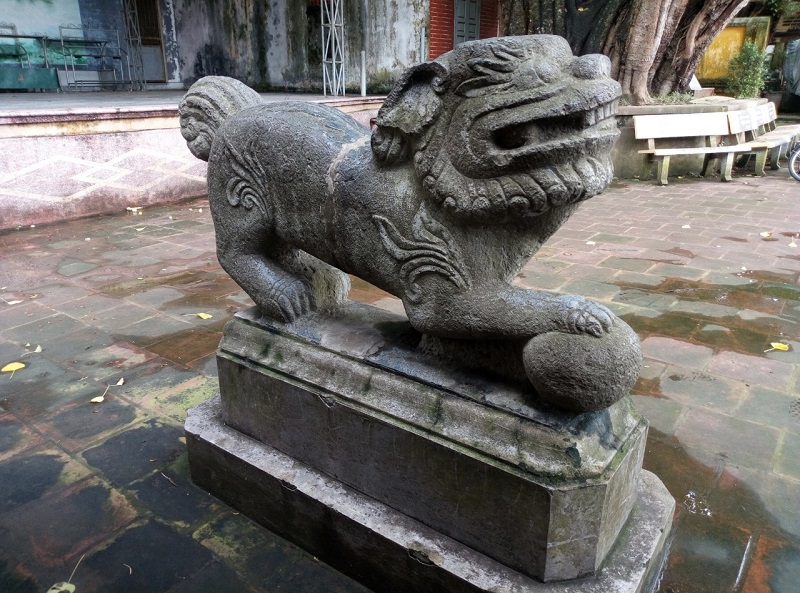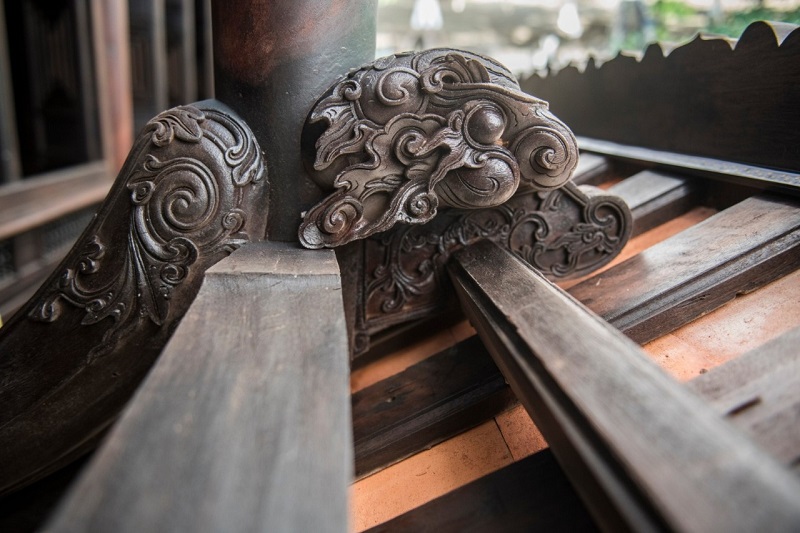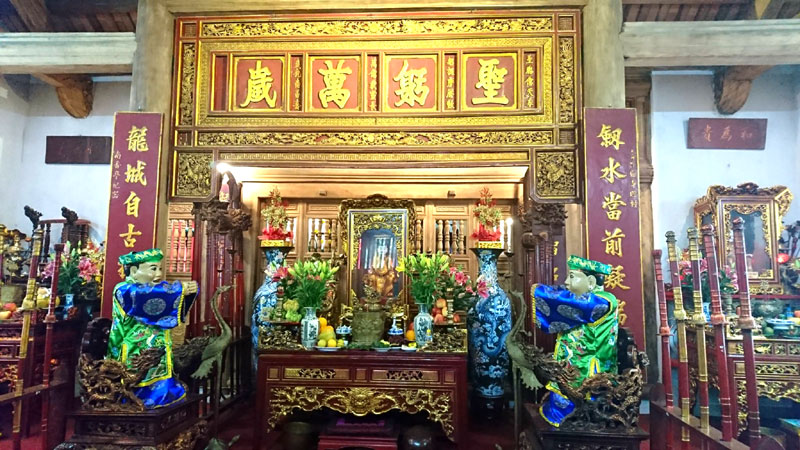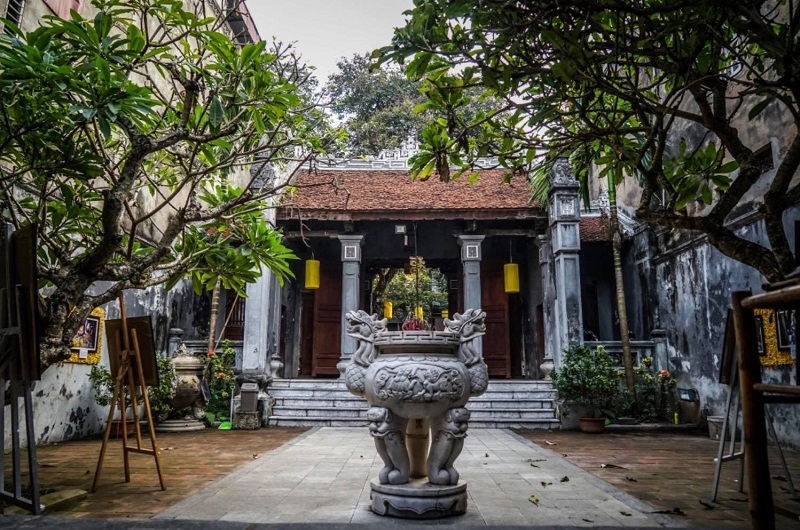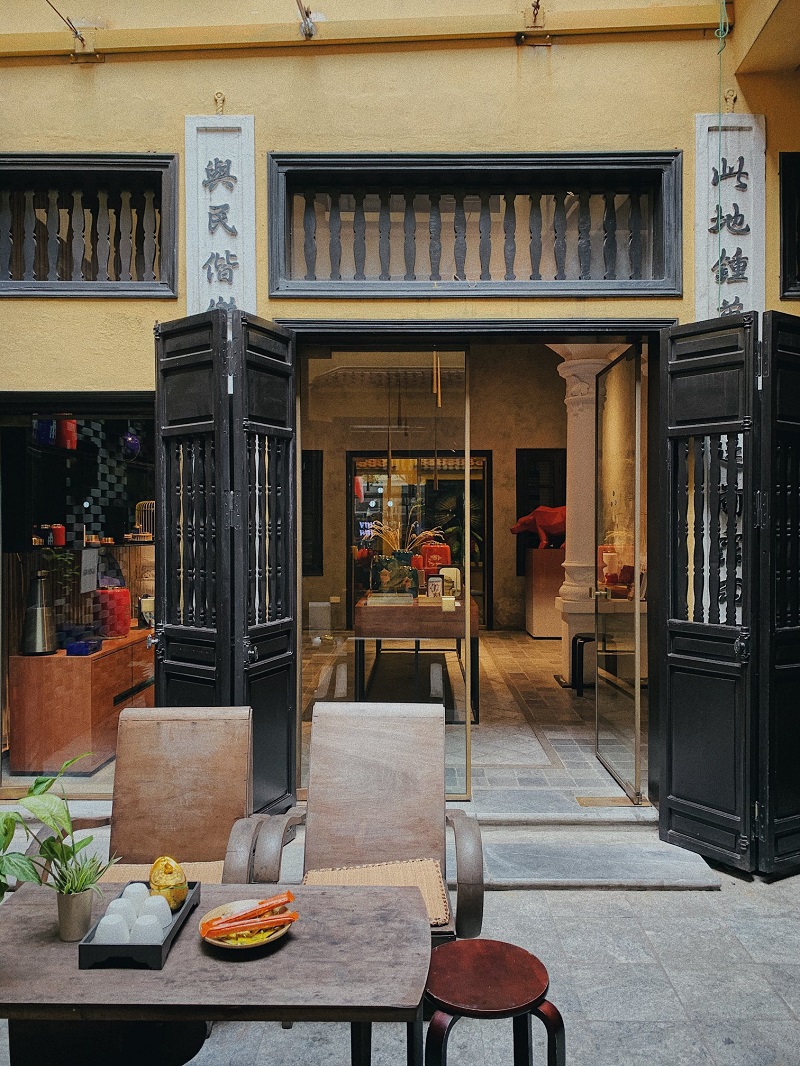Communal house: a symbol of Vietnamese religion and culture
Communal house is a typical architecture of Vietnam showcasing the rich spiritual life of the local people.
Everywhere in Vietnam, from the city to the countryside, especially in villages, a communal house is a familiar image as an indispensable part of the people’s life.
| A communal house is the center of cultural activities of the whole village. The Phu Luu village's communal house. Photo: Thuy Duong. |
Communal house is considered as a symbol of culture, spirit and religion of Vietnamese. Through thousands of years in the history until today, each communal house usually has three main features.
Firstly, it is the worshiping place of the Tutelary God of a village, the guardian of the village. The Tutelary God can be a natural god such as God of the mountain, God of the river, God of the sea or someone or something specific depending on the belief of each place, like God of tree or God of stone and so on.
The deity can also be national heroes who contributed an important part to the building and independence of the country or local ones who helped found and develop the village.
| The Deity at Chem communal house. Photo: Tran Duc Anh. |
The diversified deities worshiped in the communal houses shows a rich spiritual life of the local people, which combines the power of mother nature veneration (typical of wet rice culture) and the ancestor beliefs of respecting the contribution of national heroes under some influence of Buddhism and Confucianism.
Secondly, it is the administrative “head office” of a village, where important affairs like issuing regular, paying tax, handling court cases, calling for conscription, and so on took place. Last but not least, a communal house is the center of cultural activities of the whole village, playing a vital role in their spiritual life.
The most important cultural activity organized here is festivals. Annually, thousands of festivals take place at the communal houses of thousands of villages in Vietnam, usually on the birthday, death anniversary of the worshiped deity or the foundation day and historical events of the place.
| This stone mascot is responsible for guarding at Phu Luu village's communal house. Photo: Thuy Duong. |
Each feature various rituals, art, music, sports and games, contributing the key role to the nation’s diversified culture and identity. Another unique trait of a communal house is its architecture since each communal house is a work of traditional Vietnamese sculpture art with exquisite carving details of people, daily activities, spiritual animals with super power, flowers, among others.
Furthermore, there are hundreds of worship statues and ornaments. All show the rich spiritual and religious life of the local people. A communal house also features the architecture typical of a public building which is open to everyone regardless of the rich and the poor.
Through centuries, communal houses are not only a unique symbol of the village’s power, religion and culture but also a witness of the history and development of the place.
| Dragon head is a typical decorative image at every communal house in the northern part of Vietnam. Photo: Thuy Duong. |
However, its important religious and cultural role still remains. A communal house is still a familiar image of a village as well as the pride of many people. If they have to leave their hometown to study and work far away, they always try to come back to attend the festivals organized there.
Recently, a group called “Vietnamese Communal House” has been set up by young people who are interested in heritage. Exhibitions, pictures, books and seminars about communal houses have been introduced, attracting more and more members.
They also volunteer to support villages to preserve deteriorated communal houses. All aim to protect and promote the role and value of the communal house as one of Vietnamese heritages.
The people who wish to learn more about communal houses could take a stroll around communal house in Hanoi as listed below.
Nam Huong Communal House
Nam Huong Communal House is located in Hang Trong ward, Hoan Kiem district, Hanoi. It features two entrances, one is facing faces Le Thai To street by Hoan Kiem lake, the other is facingopens onto Hang Trong street. For a long time, Nam Huong communal house has been a tourist attraction for many visitors locally and internationally. Being built at the end of the Le dynasty (1009–1225), the communal house is bearing strong imprints of Hanoi history, culture and its people, worshipping three Gods of Long Do, Cao Son, Linh Lang; A Duy princess (of Ly dynasty) and prince Duong Tu (of Nguyen Dynasty). Kim Ngan Communal House
Kim Ngan Communal House was built by Luu Xuan Tin, the minister of personnel under the reign of King Le Thanh Tong in the 15th century, who settled his villagers from Chau Khe village, Hai Duong province in the capital to cast silver artifacts for the court. During Gia Long reign in the 19th century, the people of Chau Khe expanded their communal house. With an area of nearly 600 square meters, Kim Ngan Communal House is fairly large compared to other communal houses in the compacted and densely populated Hanoi’s Old Quarter. Dong Lac Communal House
Recognized as a national heritage by the Ministry of Culture, Sports and Tourism in 2004, Dong Lac Communal House at 38 Hang Dao Street was built in the 17th century under the Le Dynasty and is a place worshipping Cao Son, Linh Lang and Bach Ma gods and selling silk products. Since 2017, Hanoi's Old Quarter management board issued a plaque to recognize Dong Lac Communal House as a tourist destination. The commune house is now expected to be a favorite destination for tourists while exploring Hanoi’s cultural and historical values. |

